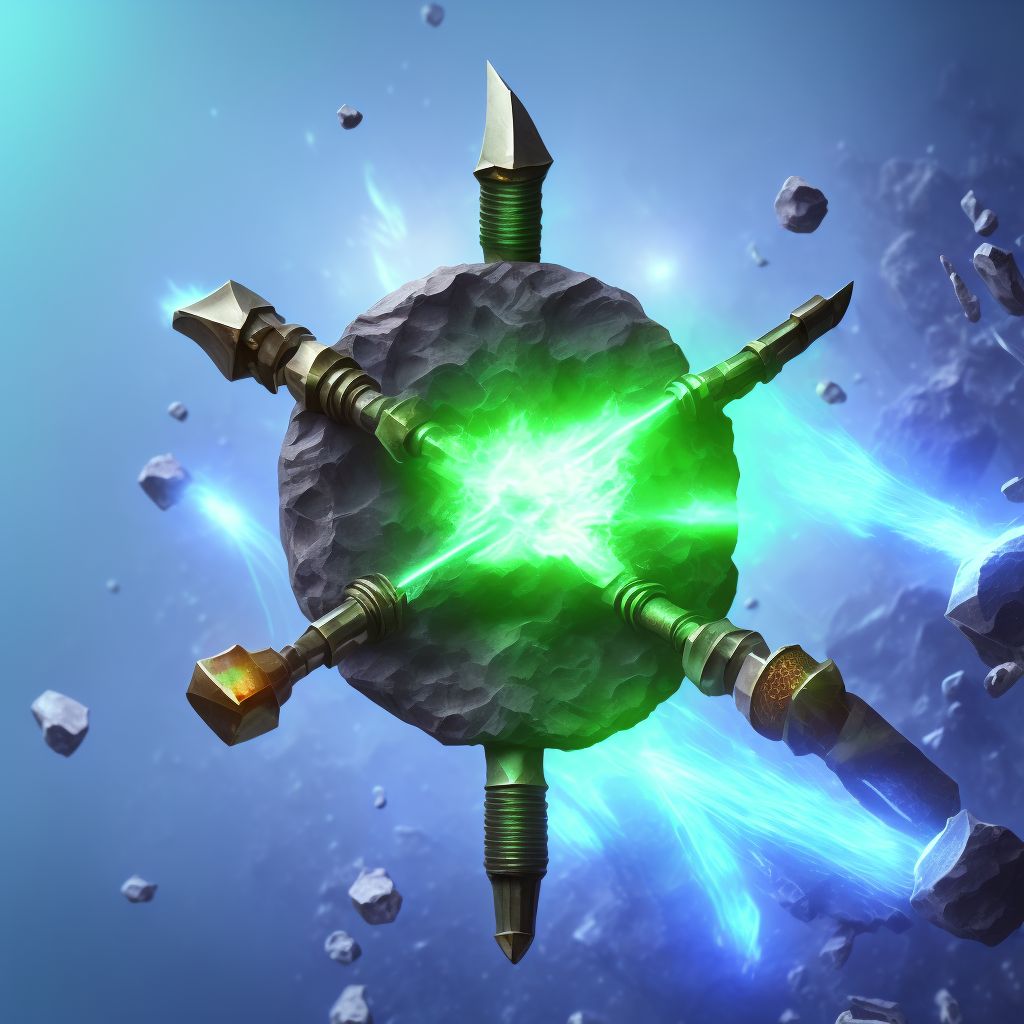
Nondisplaced comminuted fracture of shaft of right fibula, subsequent encounter for open fracture type I or II with delayed healing Save
ICD-10 code: S82.454H
Disease category: S82.454: Nondisplaced comminuted fracture of shaft of right fibula
Nondisplaced Comminuted Fracture of the Shaft of Right Fibula, Subsequent Encounter for Open Fracture Type I or II with Delayed Healing: An Overview
A nondisplaced comminuted fracture of the shaft of the right fibula is a serious injury that can lead to open fracture type I or II with delayed healing. This type of fracture occurs when the bone is broken into several pieces, but the pieces remain in place and do not cause a gap between the bone fragments. The fibula is one of the two long bones in the lower leg, and a fracture of this bone can cause significant pain, swelling, and difficulty walking or standing.
When a nondisplaced comminuted fracture of the shaft of the right fibula leads to an open fracture type I or II with delayed healing, it means that the bone has broken through the skin or been exposed to the environment. This can increase the risk of infection and slow down the healing process. Individuals who experience this type of injury may require subsequent encounters with healthcare providers to monitor the healing process and prevent complications.
If you or someone you know has experienced a nondisplaced comminuted fracture of the shaft of the right fibula, it is important to seek medical attention immediately. Your healthcare provider can assess the severity of the injury, determine if it has led to an open fracture type I or II with delayed healing, and recommend appropriate treatment options.
- Rest and immobilization: Depending on the severity of the injury, your healthcare provider may recommend rest and immobilization to allow the bone to heal properly. This may include the use of a cast, brace, or crutches.
- Pain management: Fractures can be very painful, and your healthcare provider may recommend pain medications or other treatments to manage your discomfort.
- Monitoring and follow-up: Individuals with nondisplaced comminuted fractures of the shaft of the right fibula that lead to open fracture type I or II with delayed healing may require frequent monitoring and follow-up visits with their healthcare provider to ensure that the bone is healing properly and to prevent complications.
Overall, a nondisplaced comminuted fracture of the shaft of the right fibula that leads to open fracture type I or II with delayed healing can be a serious injury that requires prompt medical attention and ongoing care. With the right treatment and management, however, most individuals are able to make a full recovery and return to their normal activities.
Treatment of Nondisplaced comminuted fracture of shaft of right fibula, subsequent encounter for open fracture type I or II with delayed healing:
Treatment Options for Nondisplaced Comminuted Fracture of Shaft of Right Fibula
A nondisplaced comminuted fracture of the shaft of the right fibula is a common type of injury that occurs when the bone is broken into several pieces, but the bone fragments remain in place. This type of fracture can cause pain, swelling, and difficulty walking, among other symptoms. Treatment options ...
To see full information about treatment please Sign up or Log in